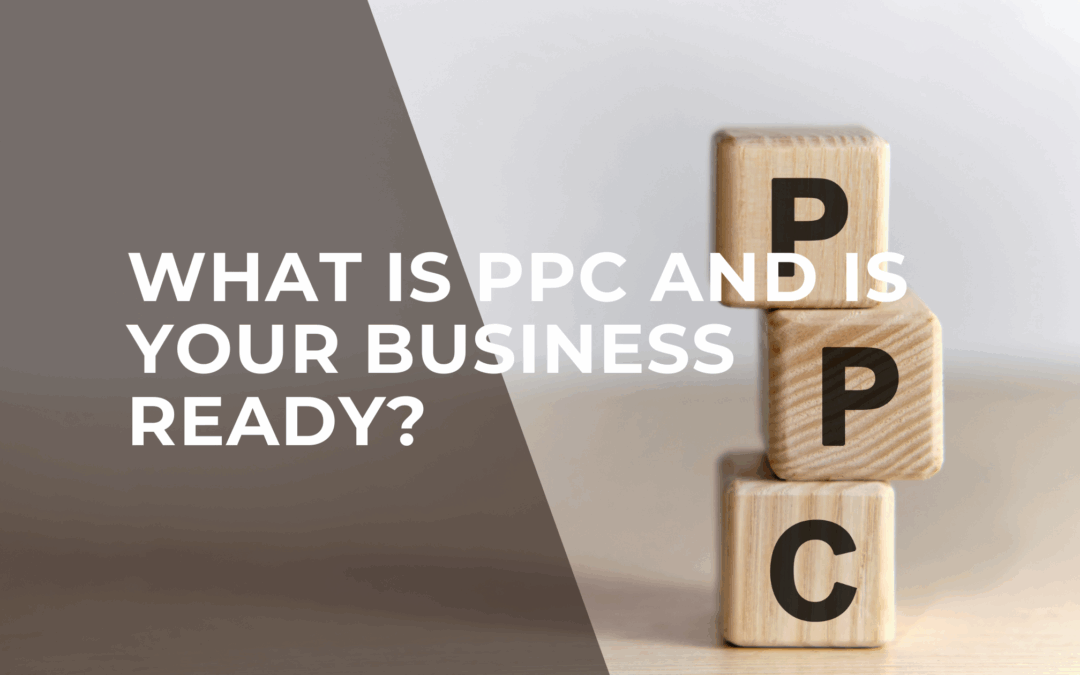Your website isn’t just a digital business card anymore. It’s your 24/7 storefront, lead generator, and customer service desk. But here’s the catch: a website built in 2020 won’t automatically stay relevant or compliant in 2025.
That’s why at Start Digital we’re running Website Management Week to help you check your site is up-to-date, accessible, and performing its best.
If you haven’t looked under the hood of your website in a while, here’s a step-by-step guide to making sure it’s ready for 2025.
1. Update Your Policies and Stay Compliant with 2025 Regulations
With GDPR, cookie laws, and ever-changing data regulations, your policies need regular updates. Customers want to see that you’re transparent and reliable.
What to do this week:
-
Review your privacy policy and make sure it explains clearly what data you collect and why.
-
Check your cookie banner and confirm it gives users real choice.
-
Refresh your terms & conditions especially if your services or pricing have changed.
Tip: Keep these pages easy to find in your footer. Burying them can make customers suspicious.
2. Improve Your Website’s Accessibility
Accessibility is no longer a nice-to-have. A truly accessible website can be used by everyone, including people with visual, hearing, or mobility impairments.
Quick accessibility wins:
-
Add alt text to every image. (Describe what’s in the photo, not just the filename.)
-
Use proper heading structures (H1, H2, H3) for clarity and screen readers.
-
Check your colour contrast. Dark text on a light background is best.
-
Ensure forms, buttons, and menus can be used without a mouse.
Why it matters: Not only does accessibility protect you legally, it also widens your audience and boosts SEO.
3. Strengthen Trust Signals
If visitors don’t trust your website, they won’t buy, book, or enquire. That’s where trust signals come in.
Trust signals you should have in 2025:
-
SSL certificate (the padlock icon in the browser).
-
Customer reviews or testimonials on key pages.
-
Case studies or success stories for B2B.
-
Up-to-date branding and design (nothing says “untrustworthy” like a site that looks abandoned).
-
Security badges for e-commerce (Visa, Mastercard, PayPal, etc.).
Tip: Place trust signals near decision points such as a contact form or checkout button.
4. Analyse Website Performance
Your website analytics aren’t just numbers. They’re a roadmap to improving performance.
Metrics to check this week:
-
Bounce rate → High? Visitors aren’t finding what they expect.
-
Conversion rate → Low? You may need clearer calls-to-action or stronger trust signals.
-
Mobile vs desktop traffic → If most of your traffic is mobile but your site isn’t optimised, you’re losing sales.
-
Page speed → Use free tools like Google PageSpeed Insights to check load times.
Pro tip: Instead of tracking everything, focus on 1–2 key metrics that align with your goals such as enquiries, downloads, or purchases.
5. Refresh Your Content and Contact Forms
Fresh content tells visitors (and Google) that your business is active. Outdated content does the opposite.
Content checks to make now:
-
Update your homepage messaging so it reflects what you offer in 2025.
-
Refresh your about page since people buy from people.
-
Add new blogs or case studies to help SEO and build trust.
Contact forms:
-
Short forms (name + email + message) = higher response rate but less info.
-
Long forms (detailed questions) = better-qualified leads but higher drop-off.
Which is right for you? Test both and track which drives more valuable enquiries.
Final Thoughts
In 2025, website management is about more than a good-looking design. It’s about compliance, accessibility, security, trust, performance, and fresh content.
If you only do one thing this week, make it this:
Choose one area of your site to improve and take action.
At Start Digital, our members get step-by-step checklists, live training, and expert advice to keep their websites up-to-date and high-performing.
Want to make your website 2025-ready? Join Start Digital today












